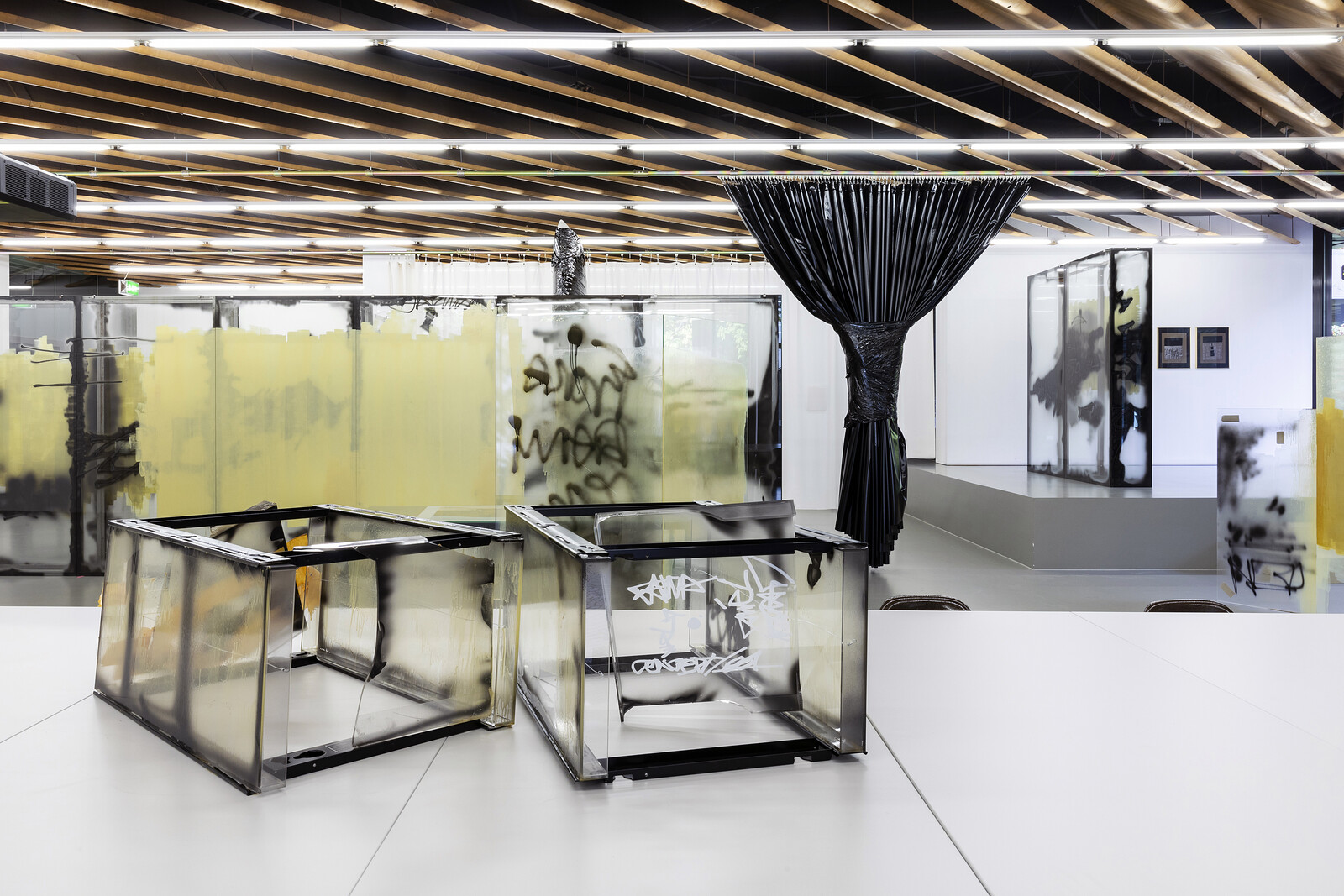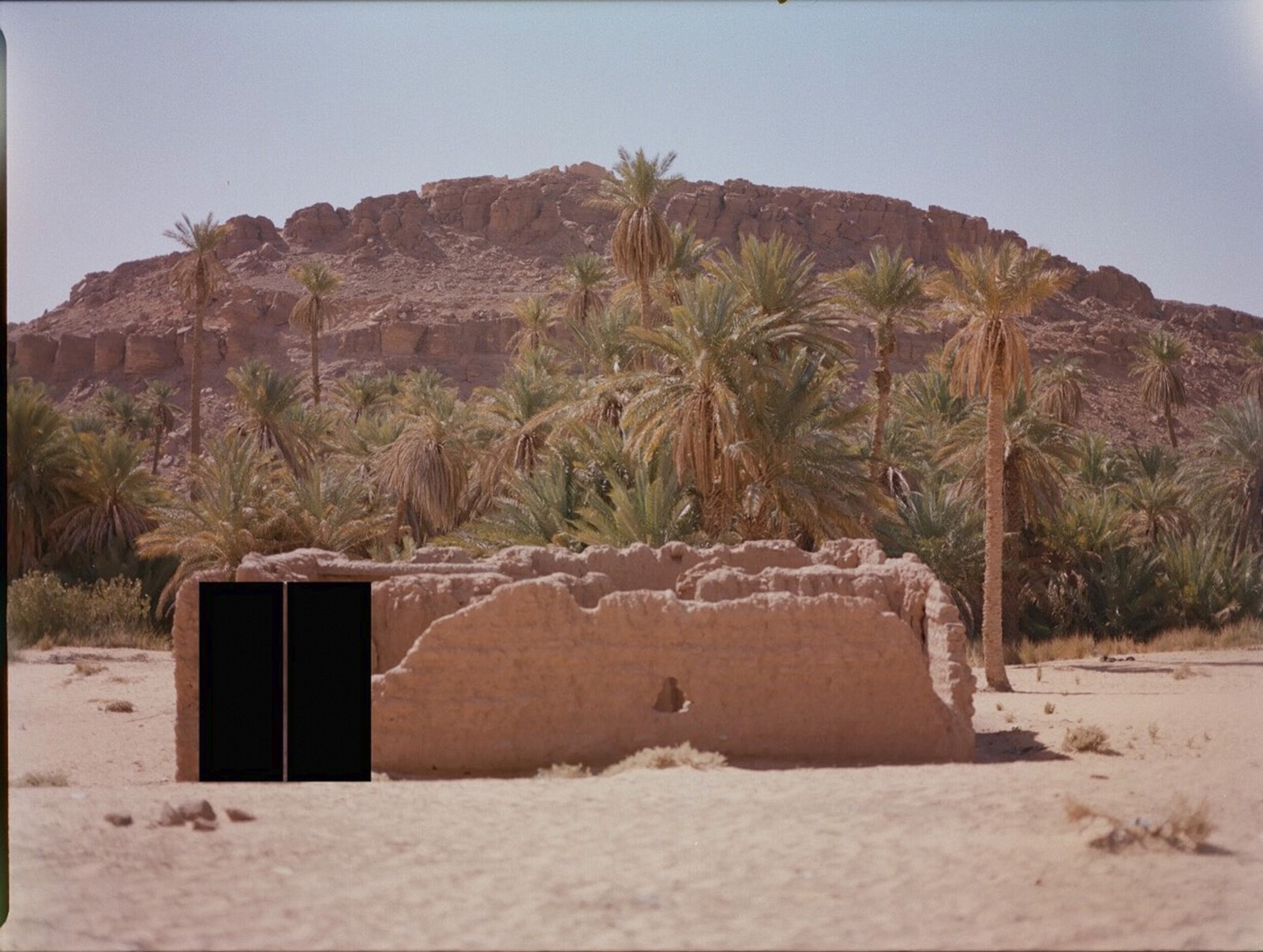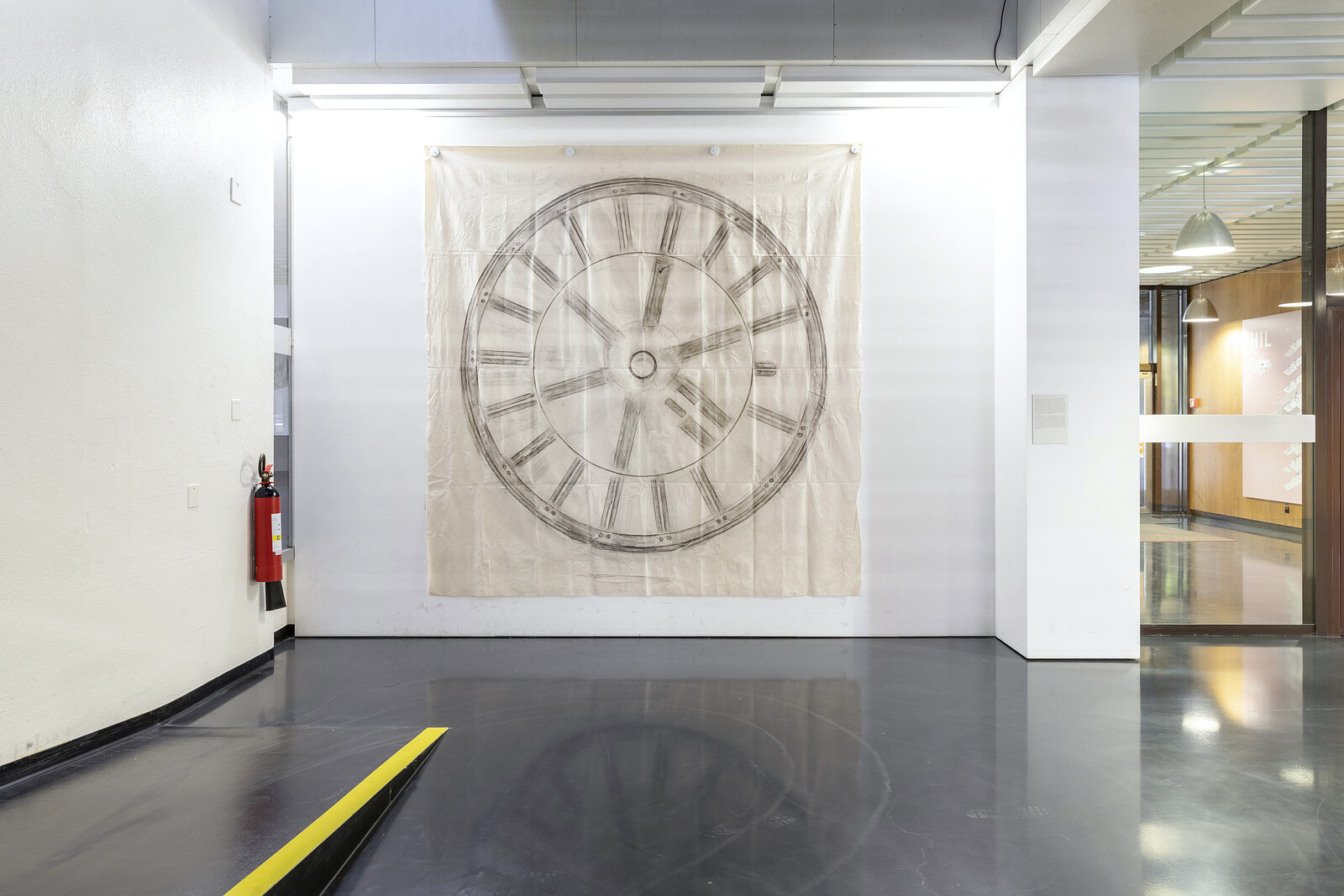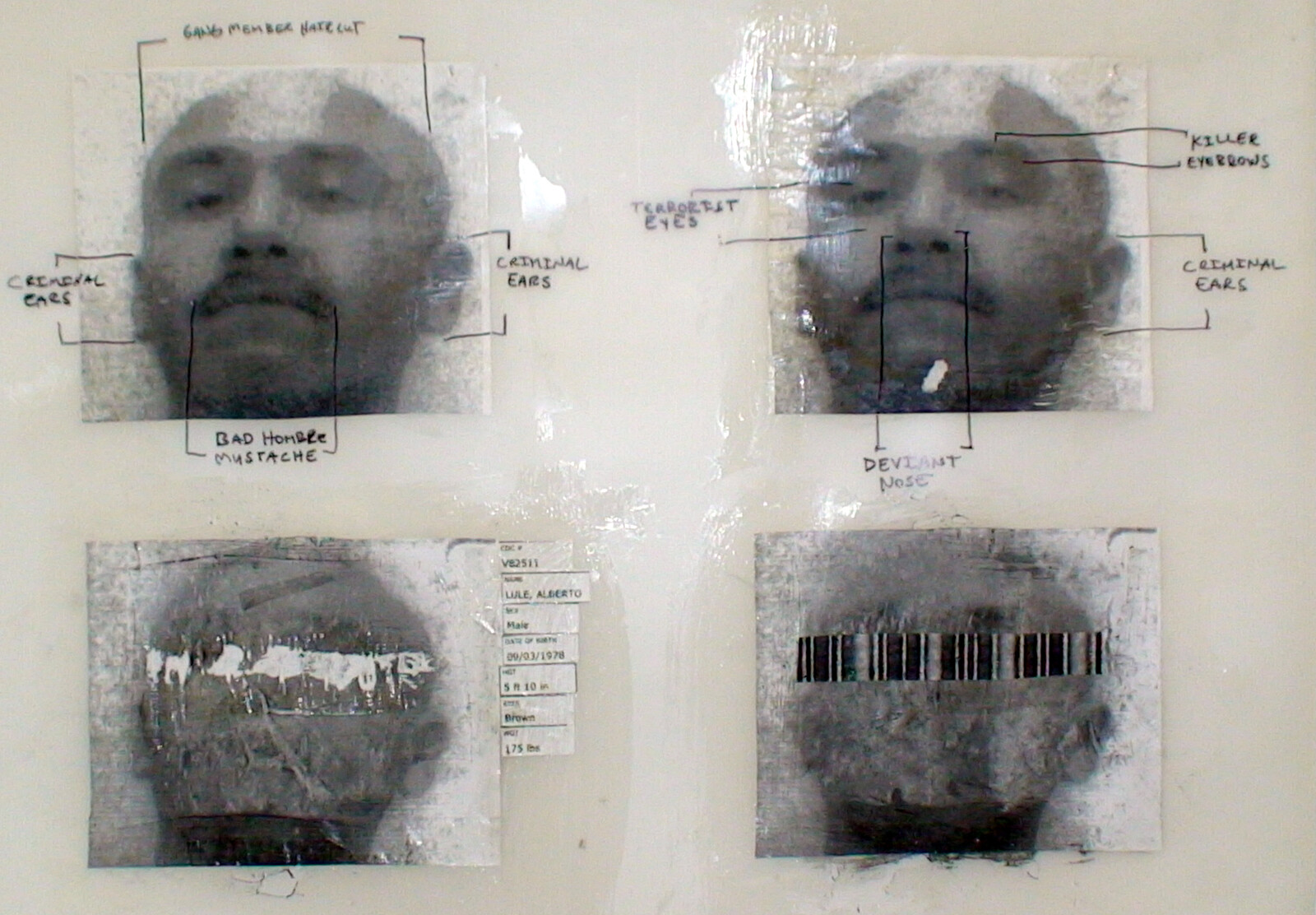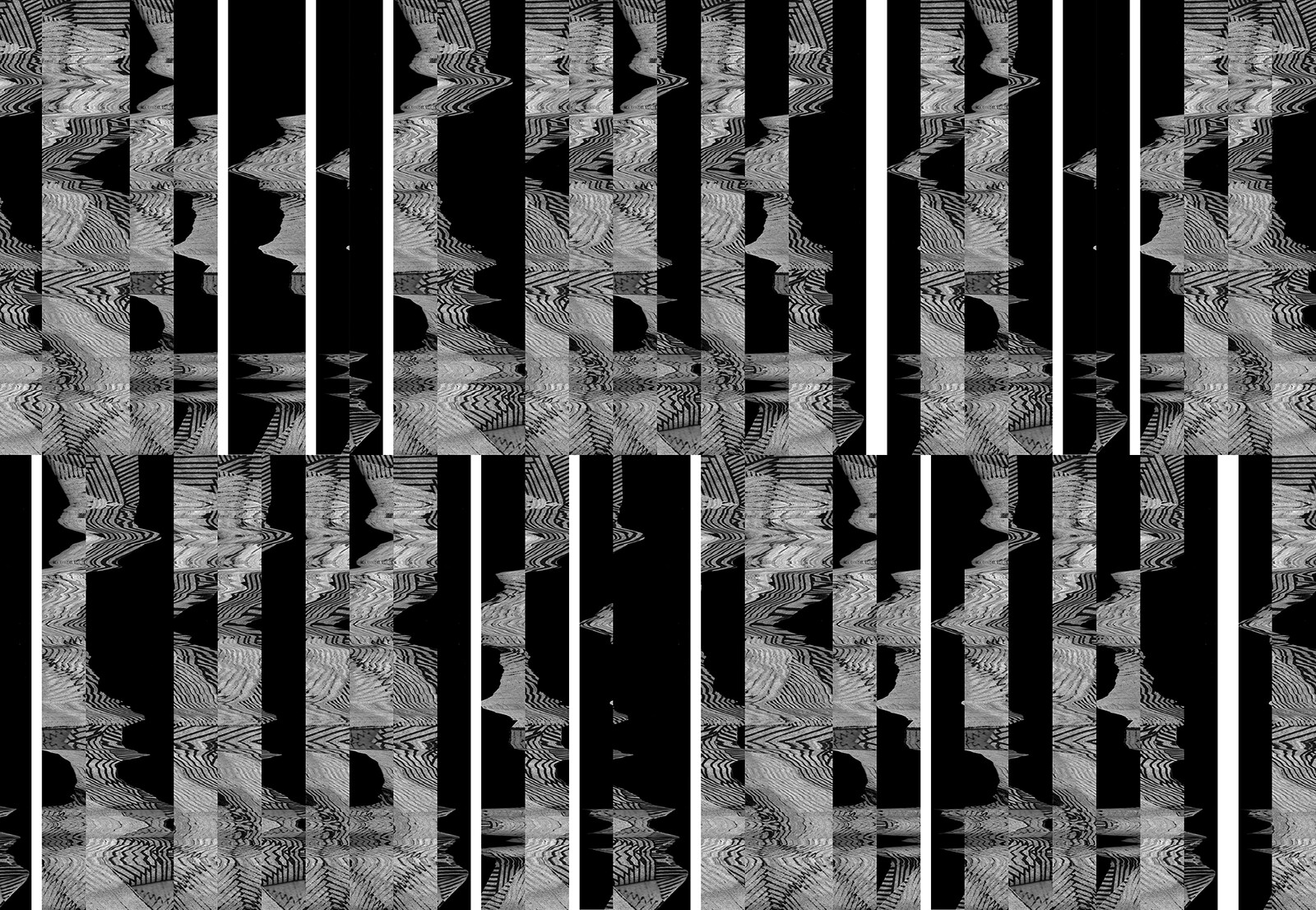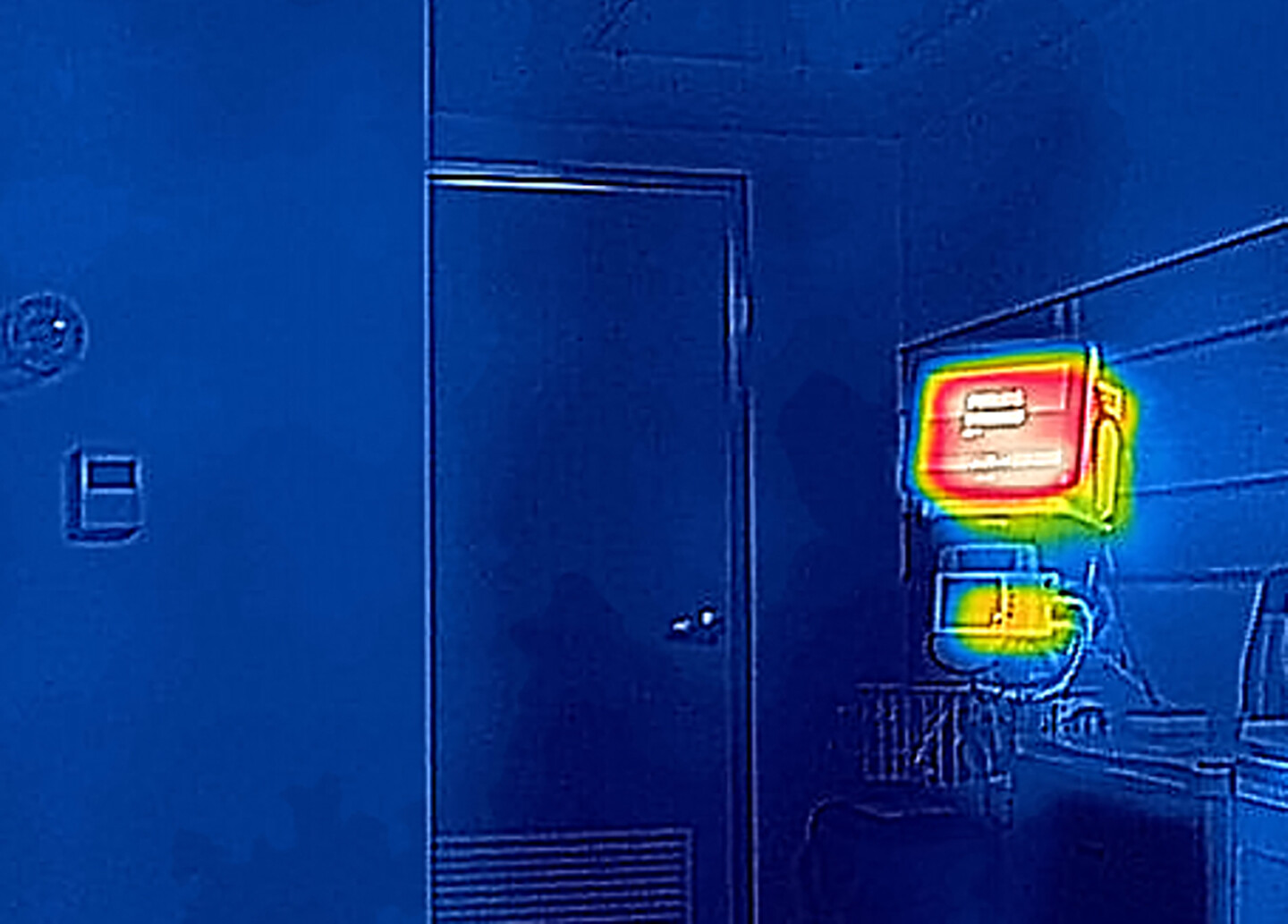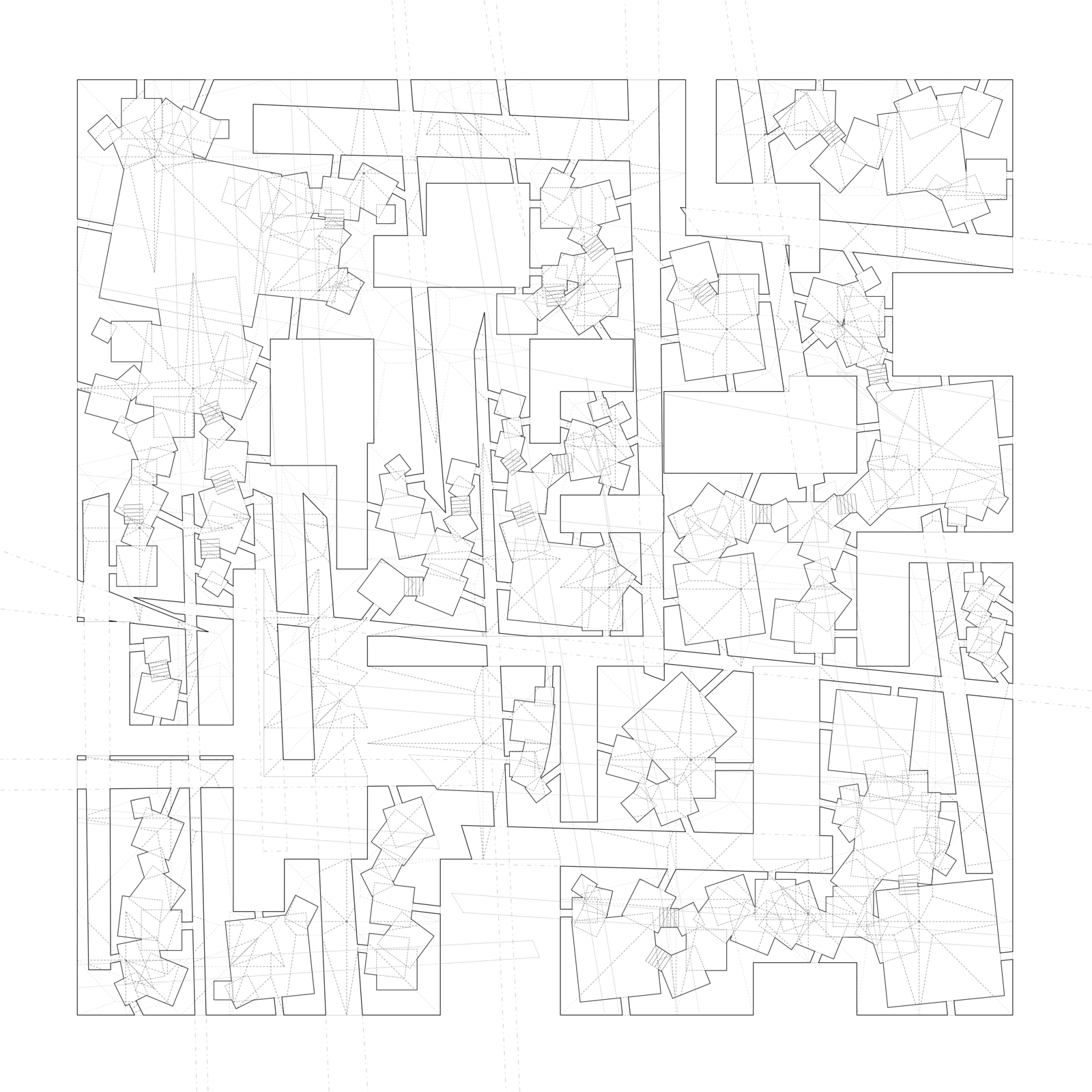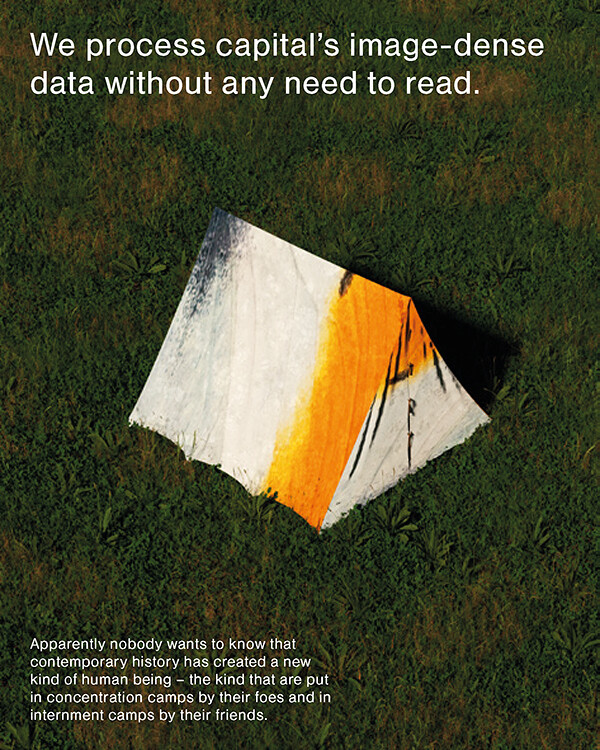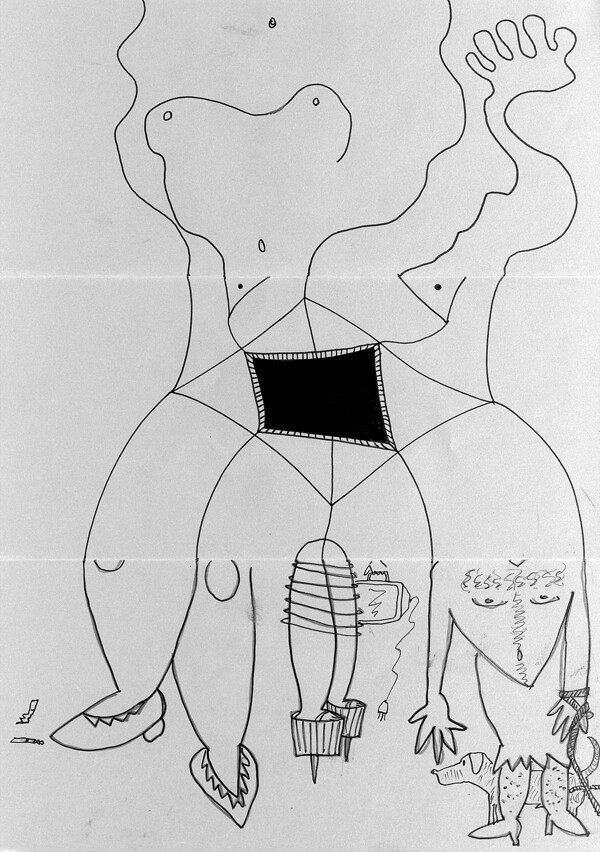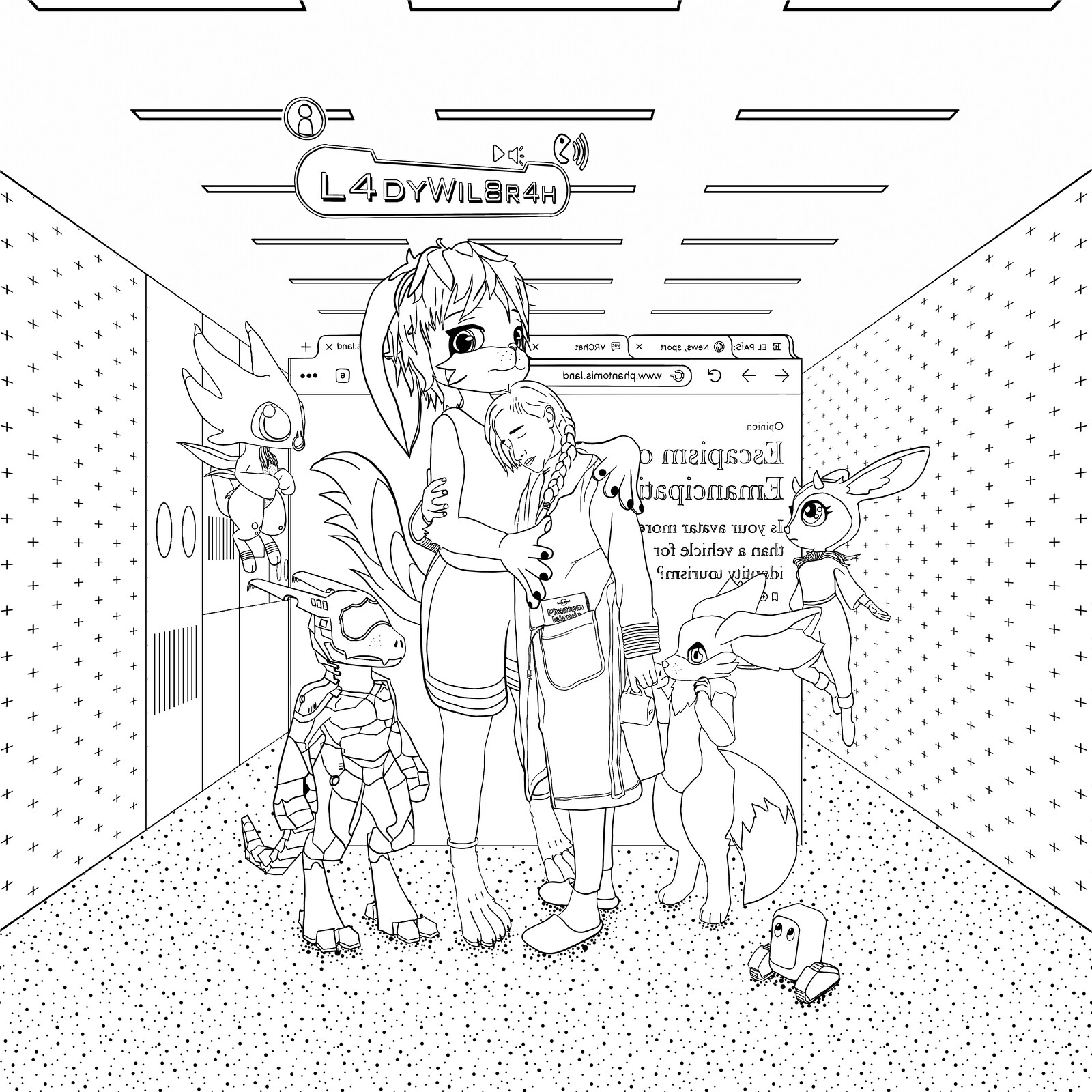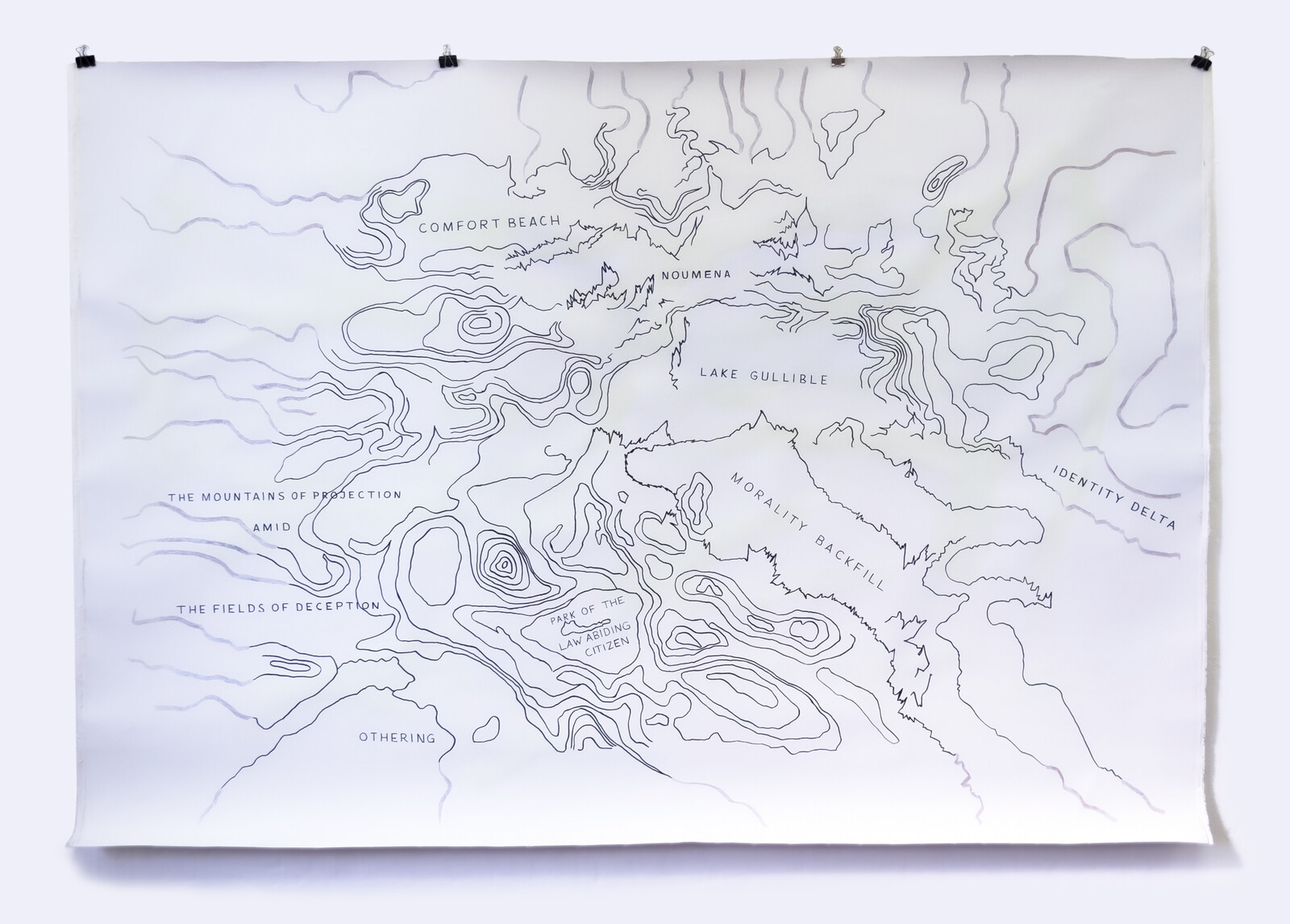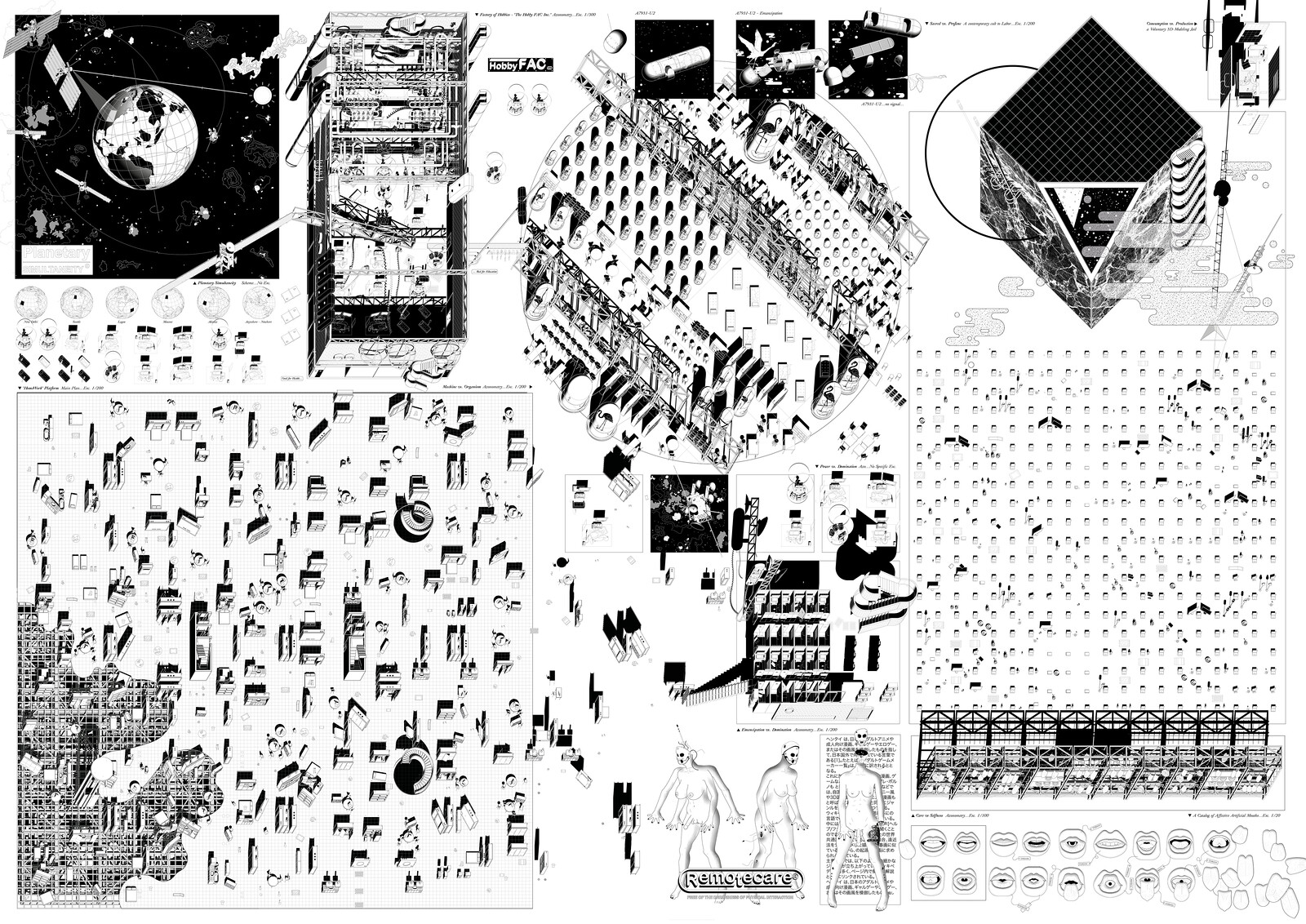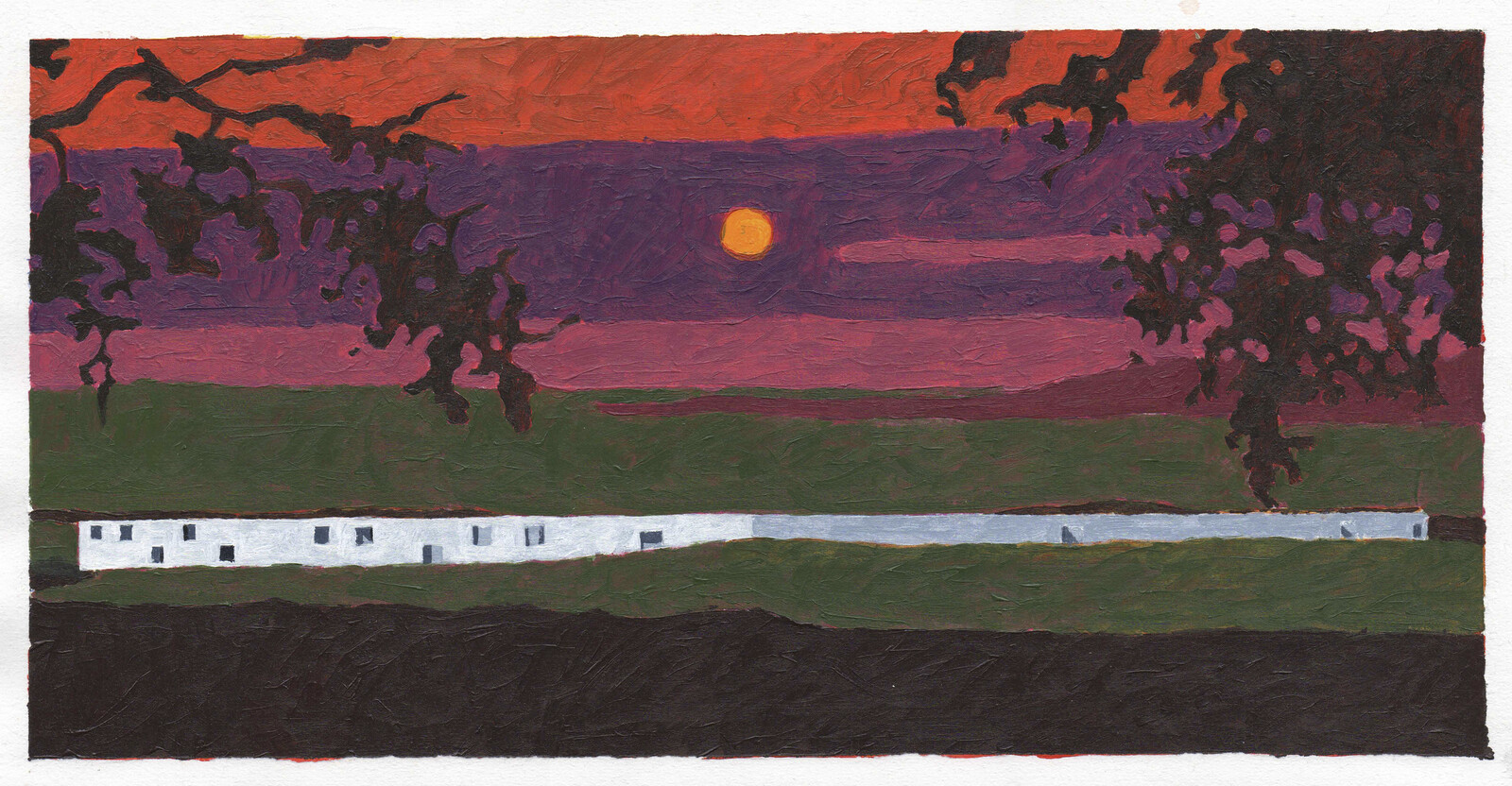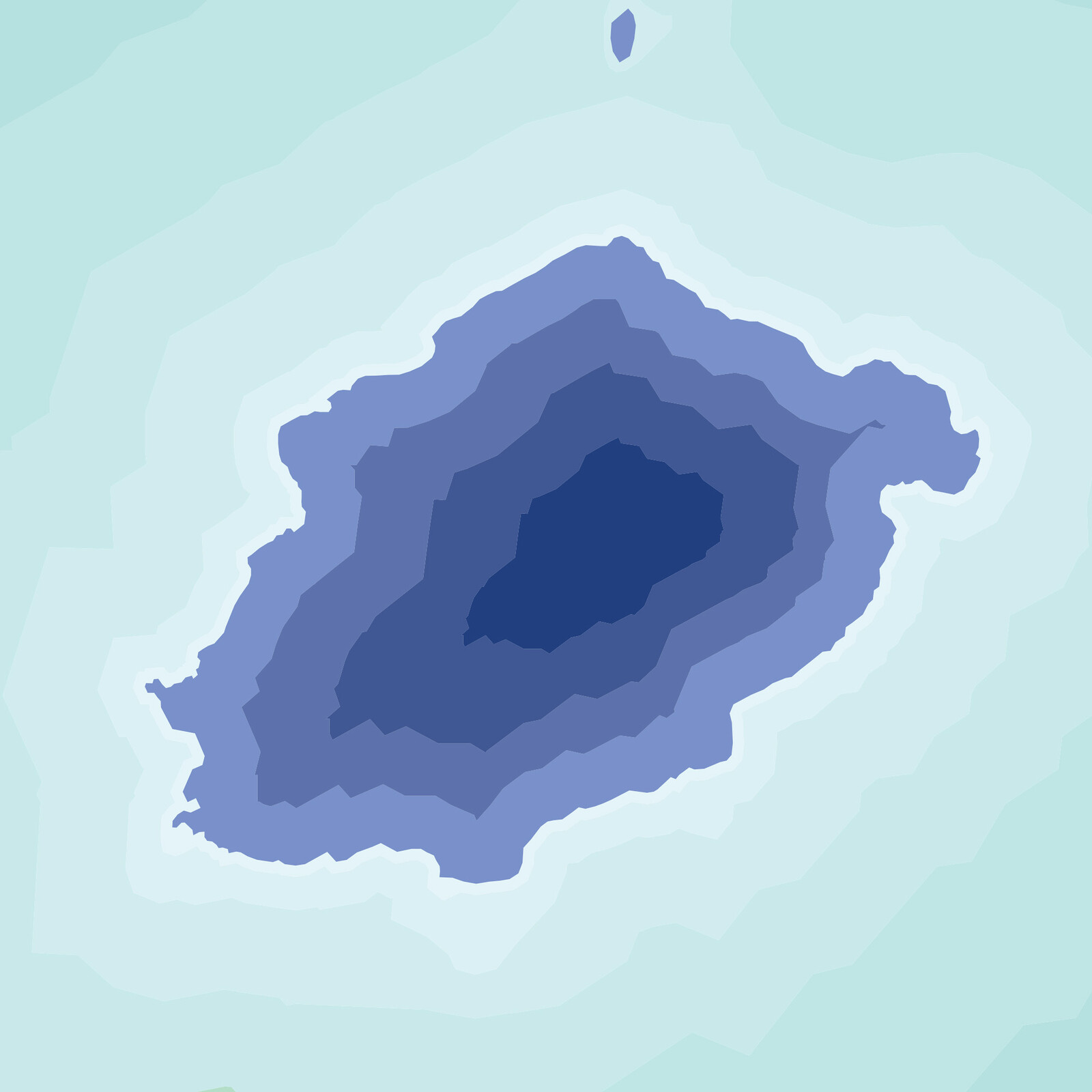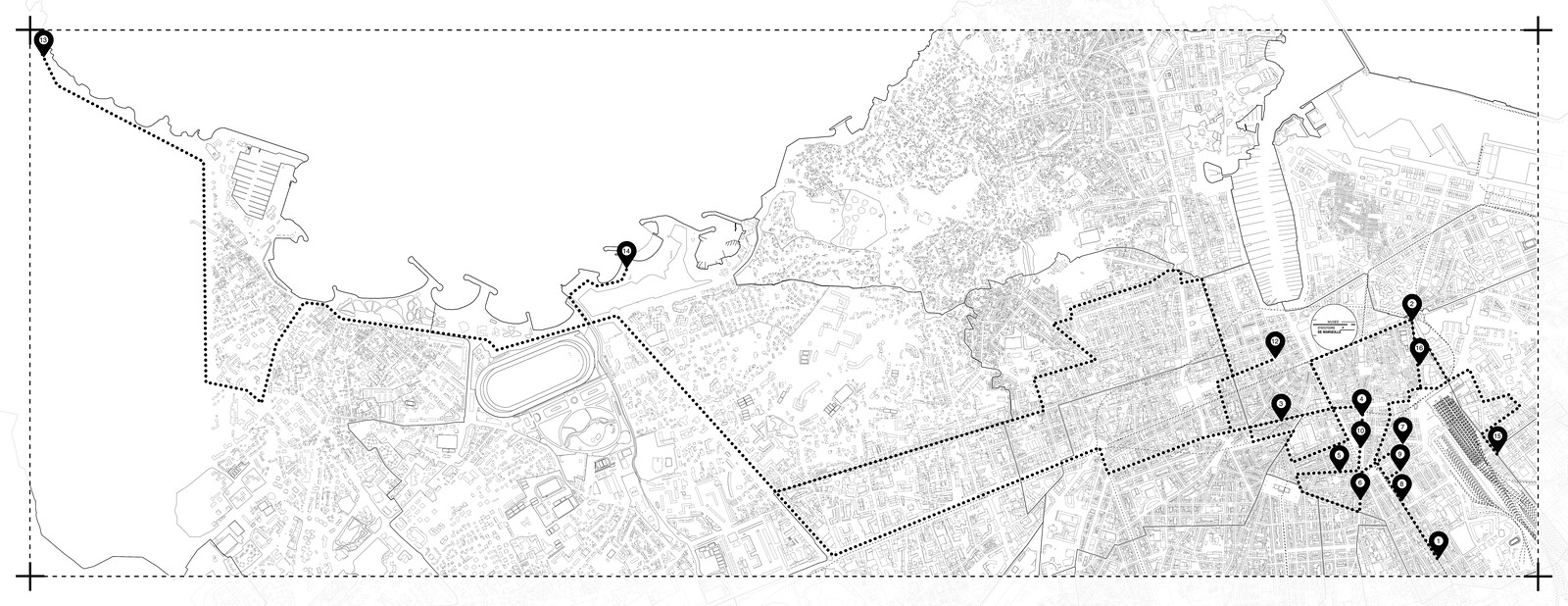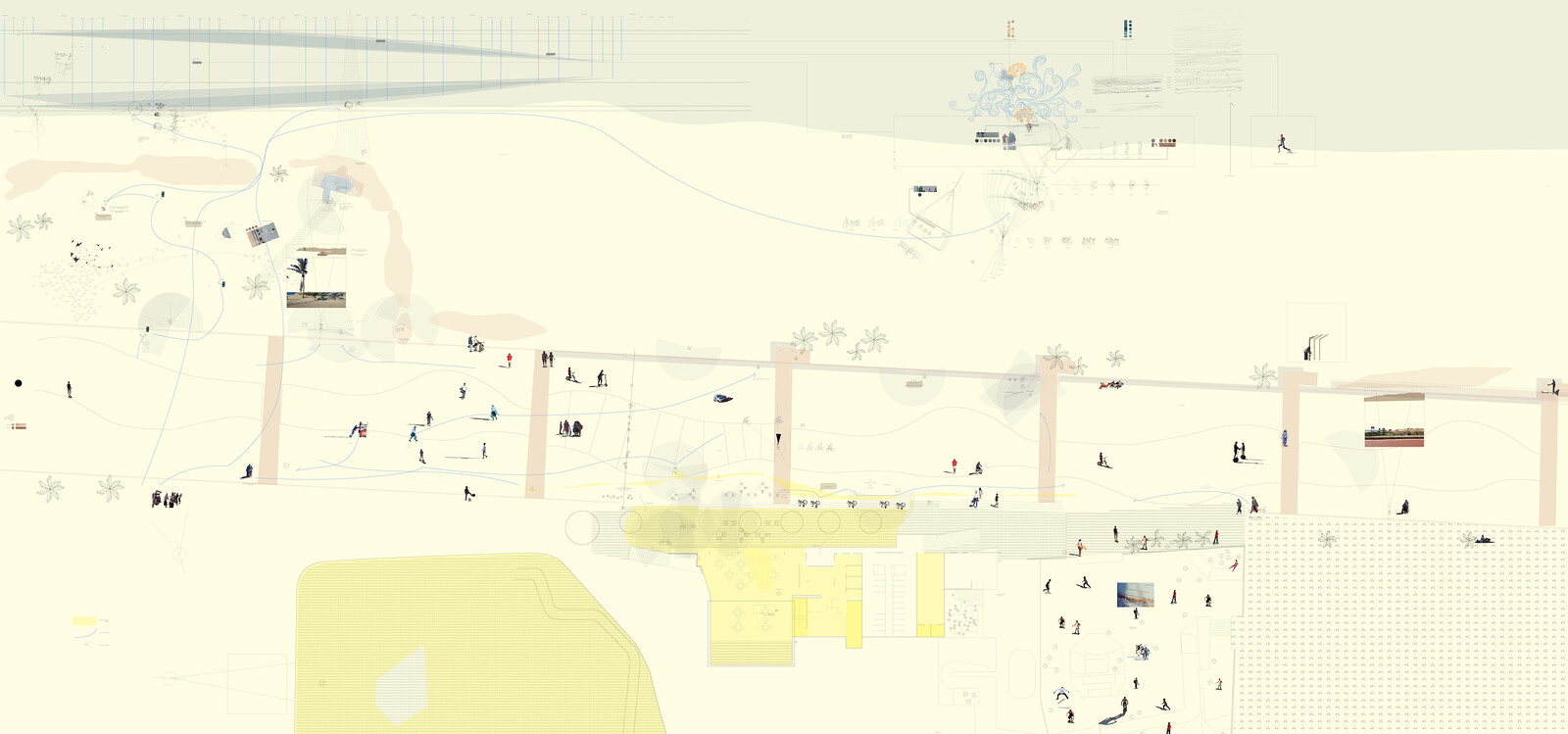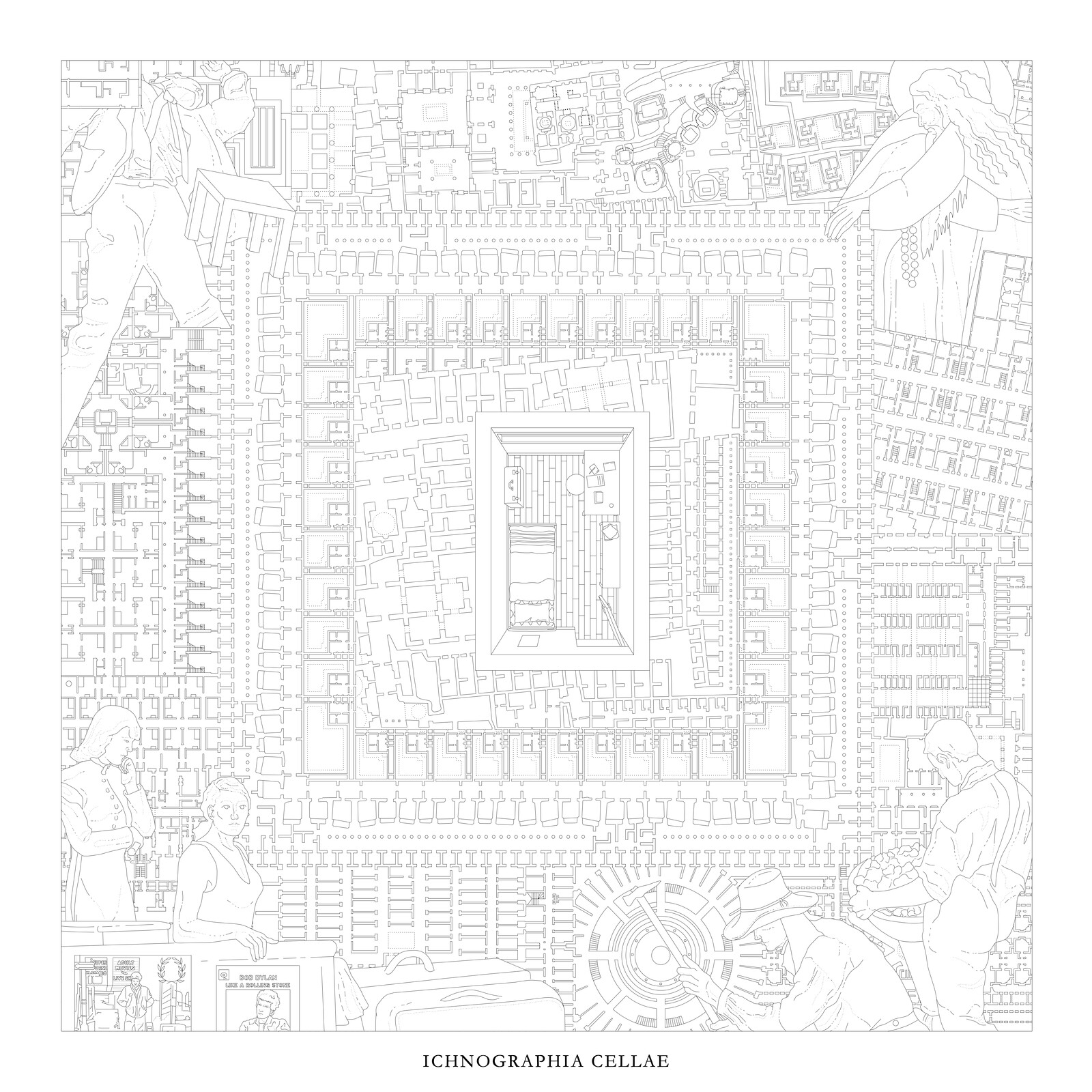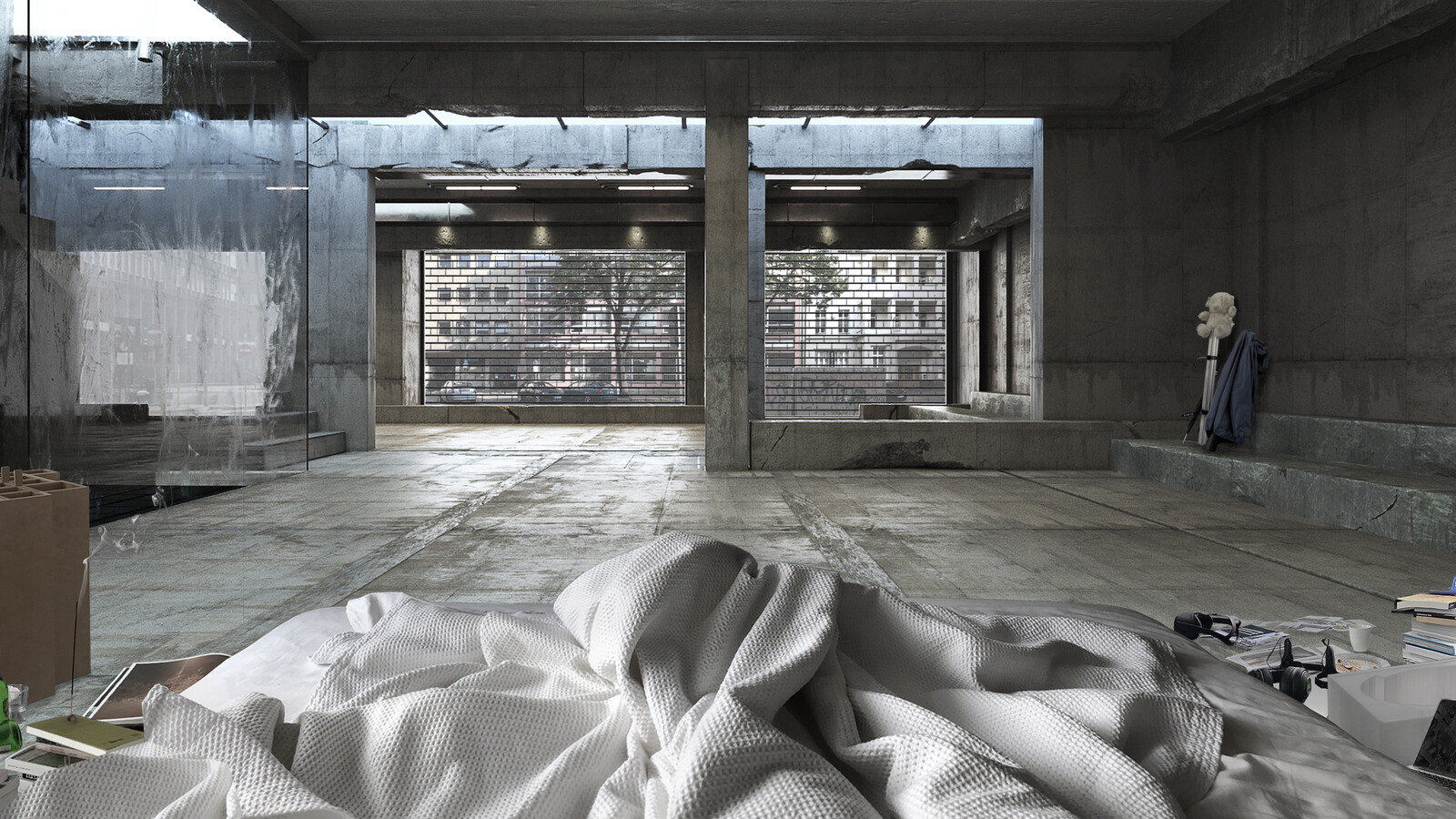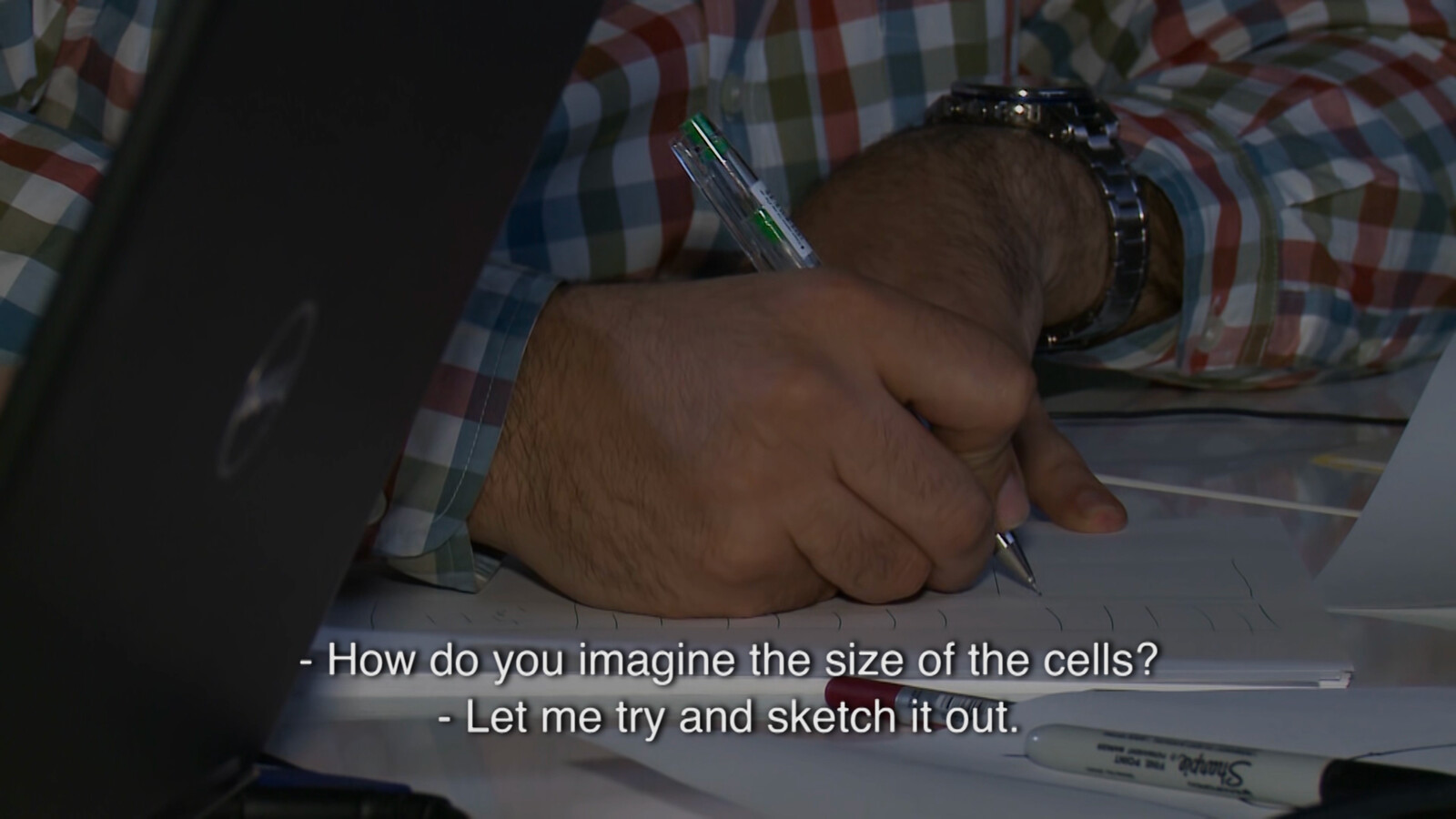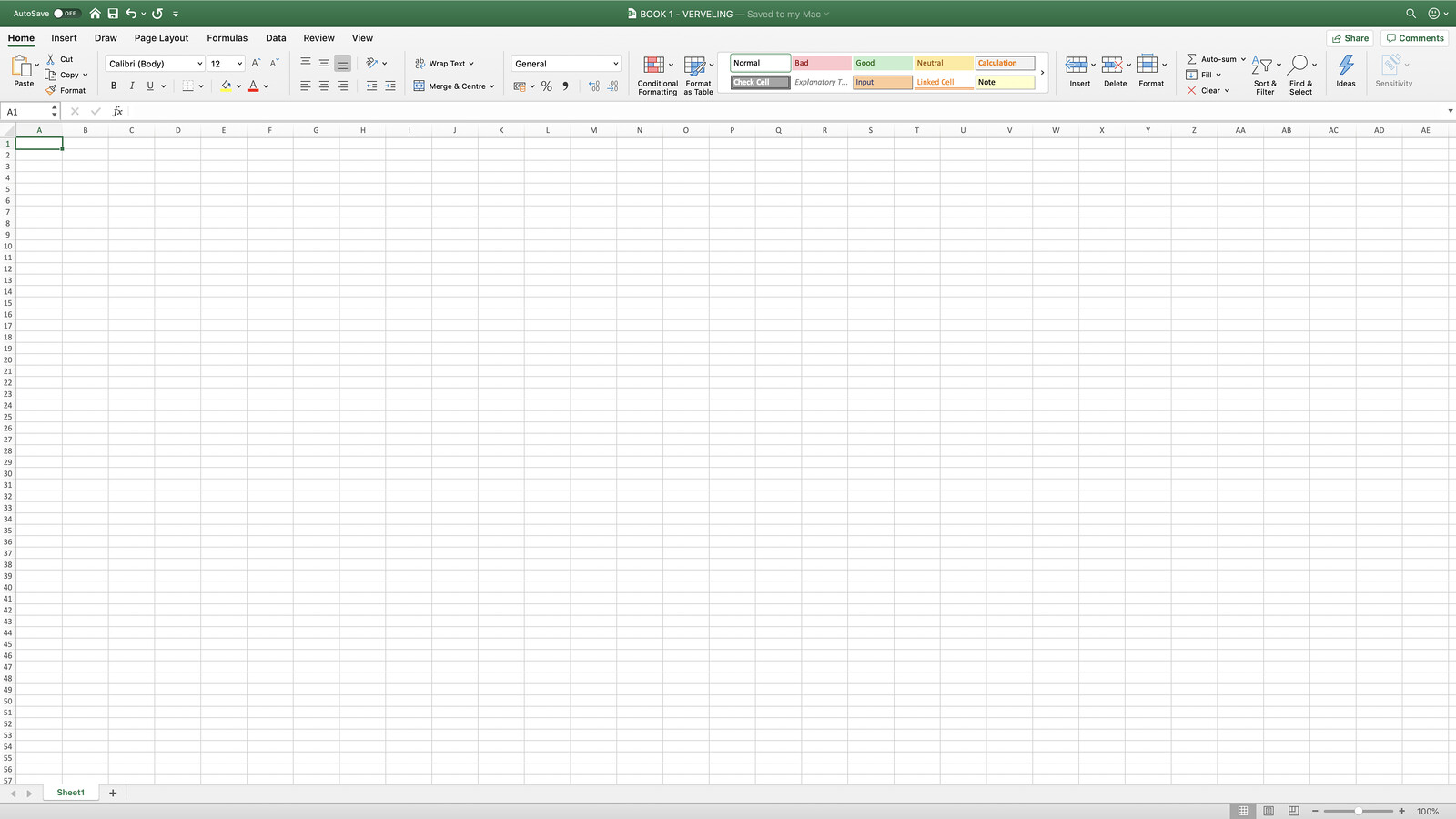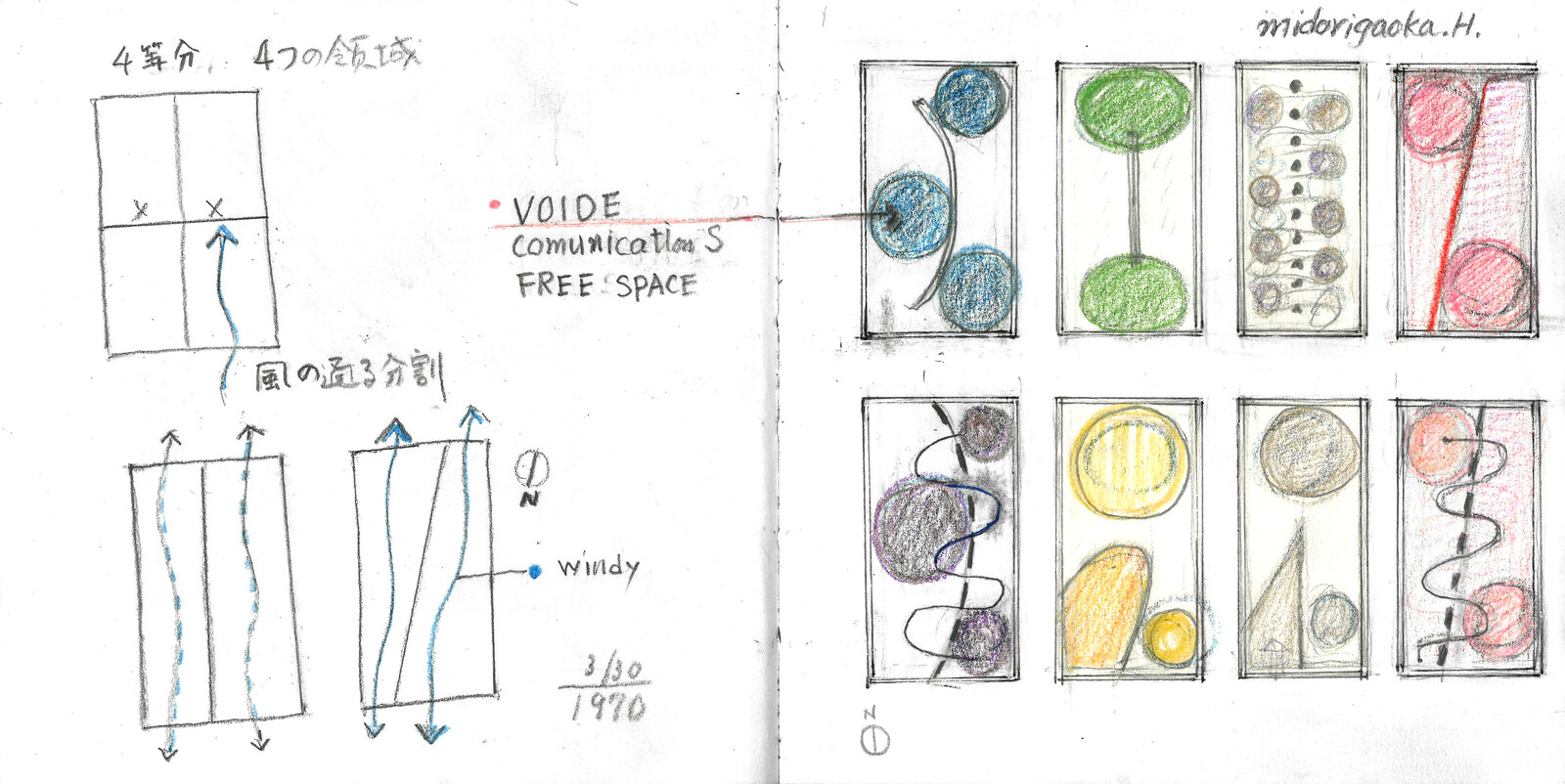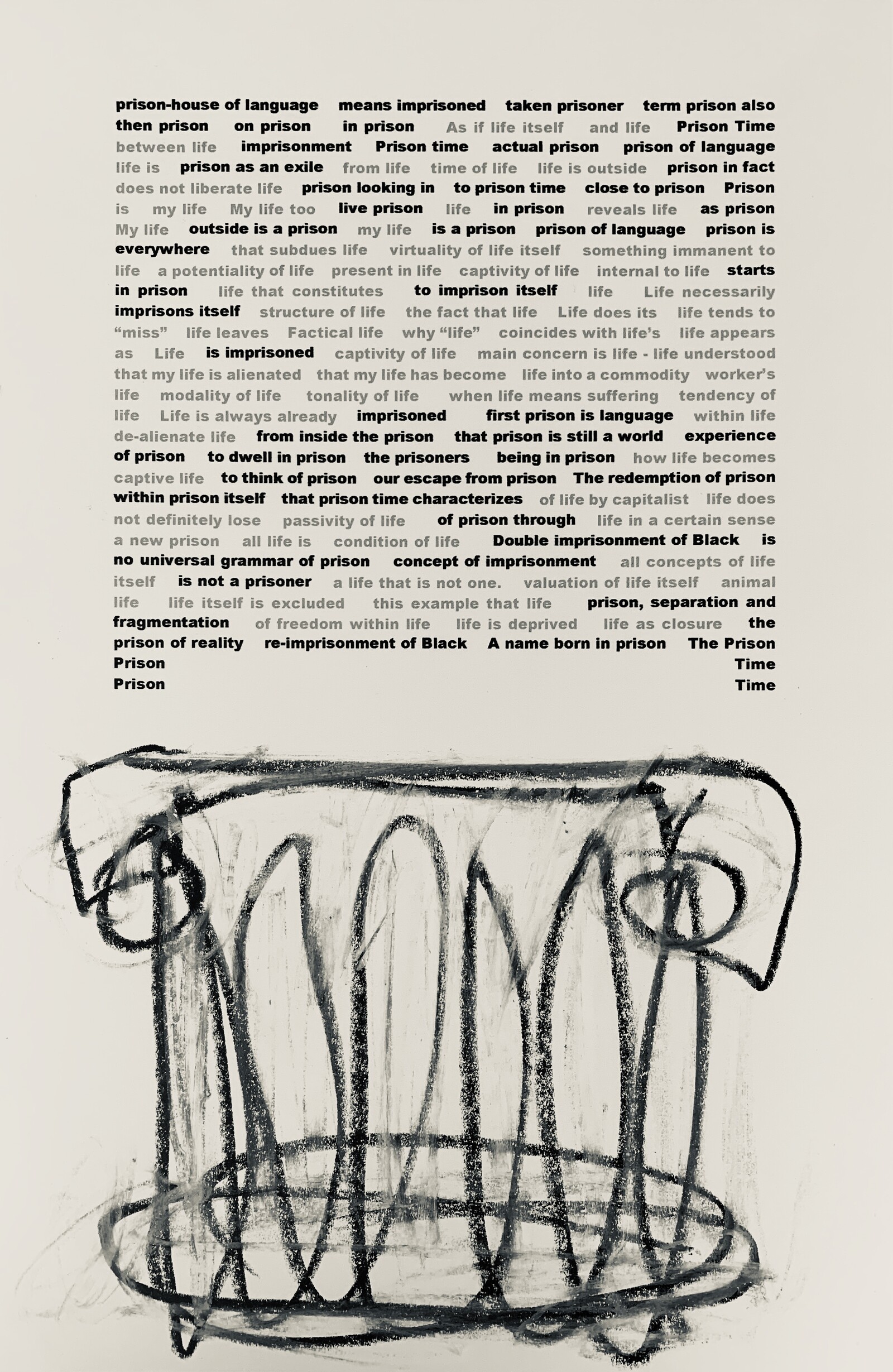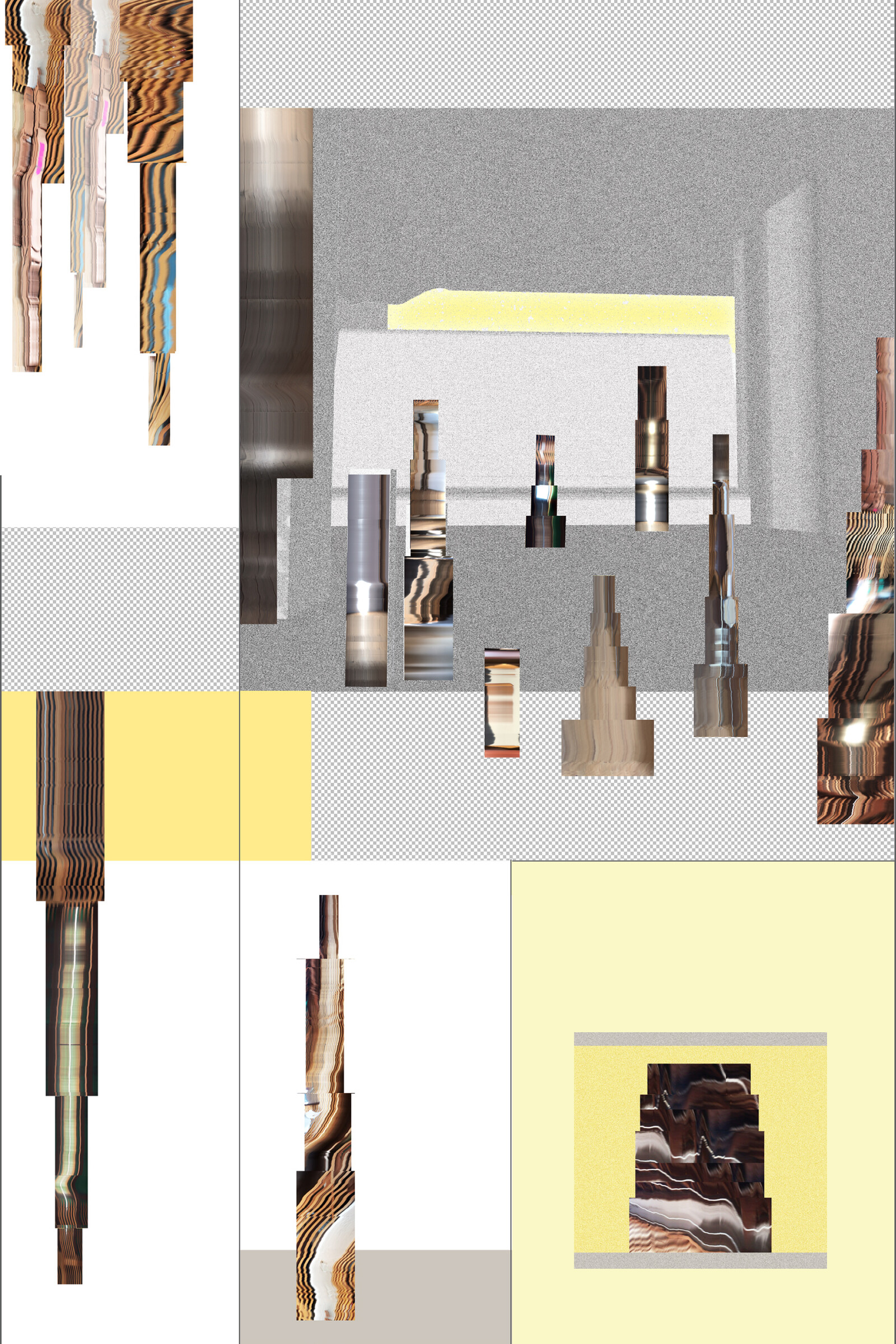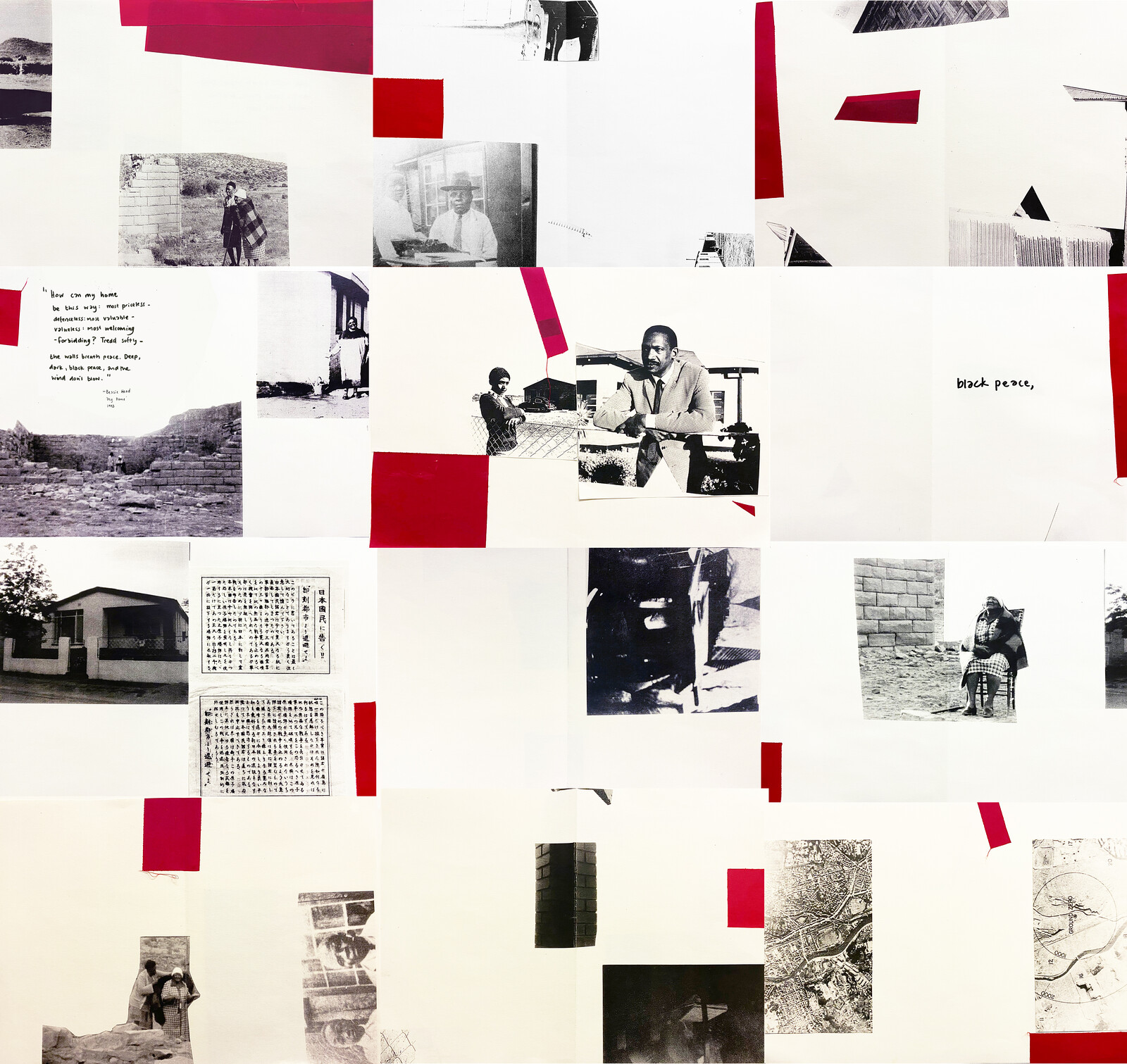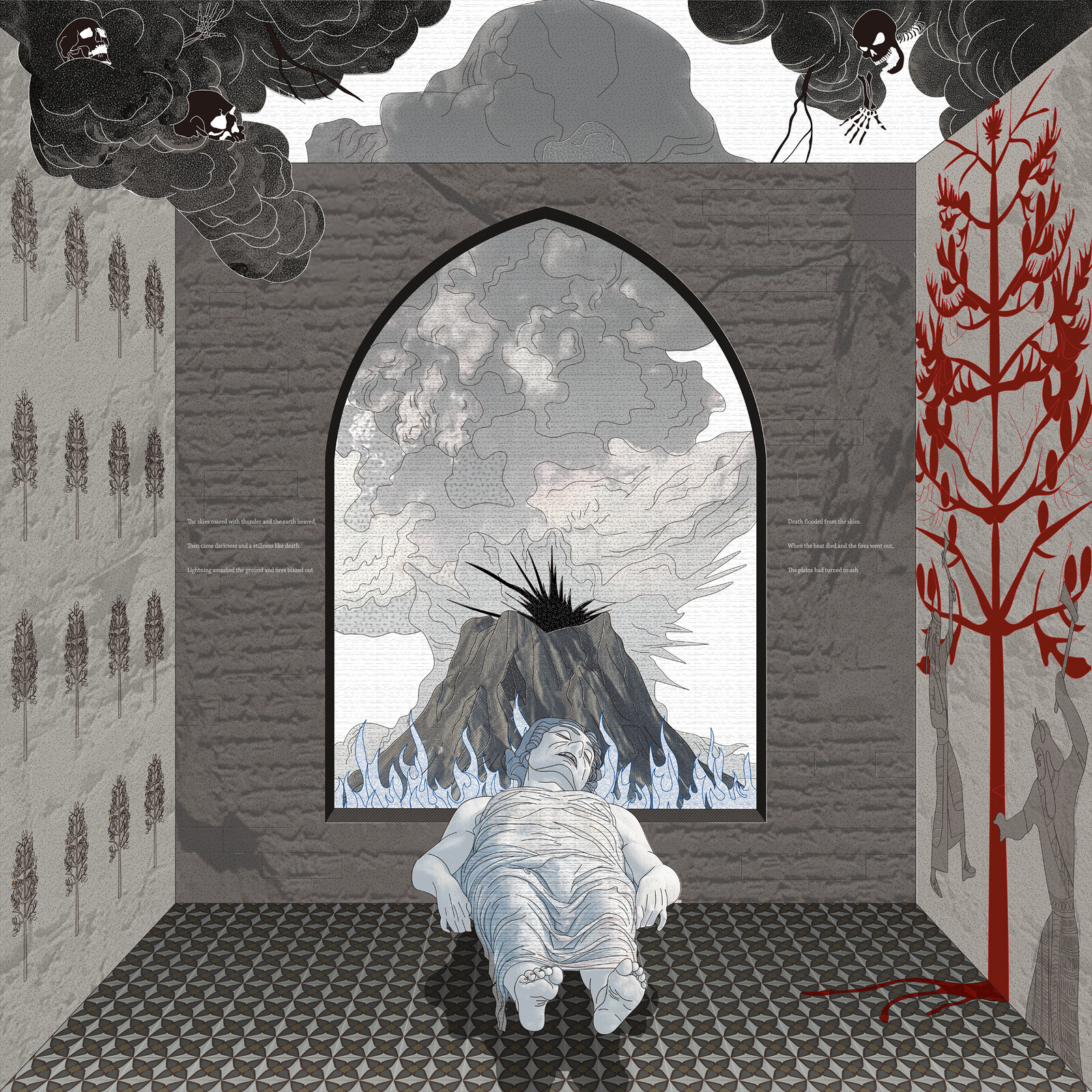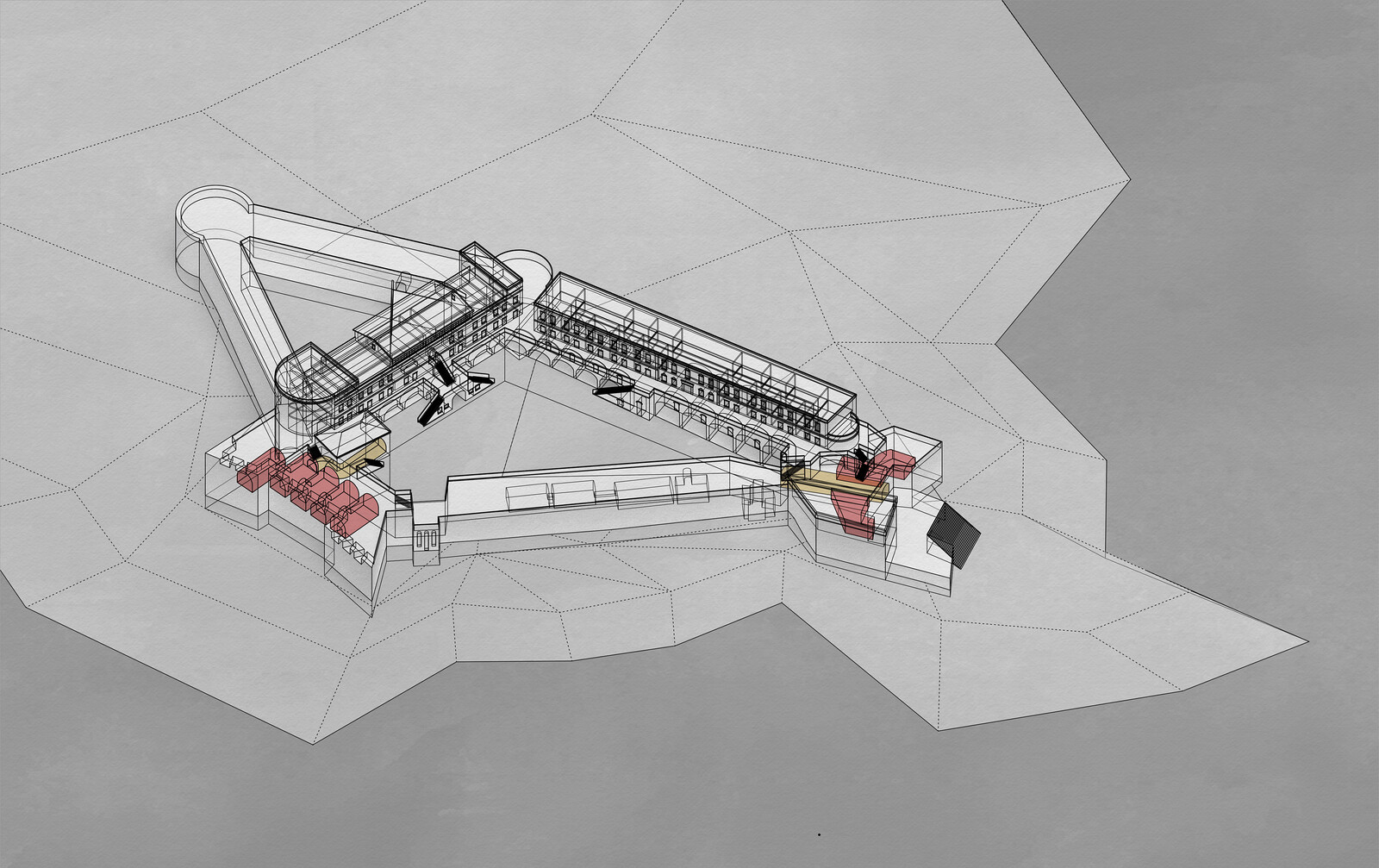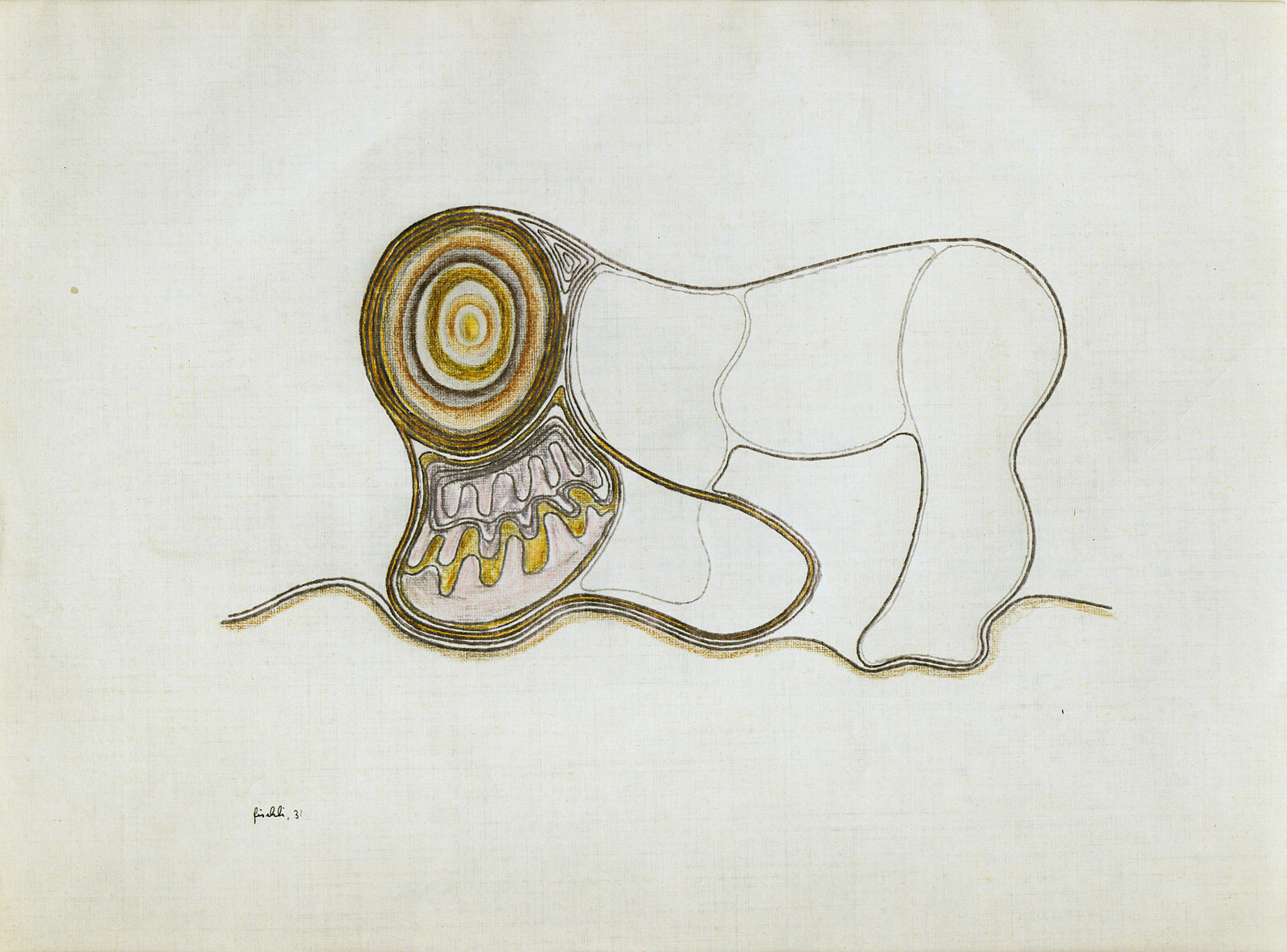The diffuse house is the archetypal form of domestic space under late capitalism. The diffuse house operates 24/7. The diffuse house is ubiquitous. The diffuse house is networked. The diffuse house does not necessarily manifest itself under a new form or typology, although it does not exclude it. The diffuse house is a factory, an office, a workstation, a workshop, and a home, among others. The diffuse house relies on immaterial economies. The diffuse house is post-Fordist. The diffuse house constitutes the germ of the “Grand Interior,” the continuous spatial core of late capitalism. The diffuse house does not have dwellers but performers. The diffuse house relies on horizontally distributed cybernetic power. The diffuse house has no specific image, although it is relentlessly presented in the form of westernized clichés. The diffuse house is post-national. The diffuse house follows the principle of individuation. The spreading logic of the diffuse house materializes the expansive logic of late capitalism. The diffuse house dweller is increasingly sleepless. The diffuse house is the dwelling of the indebted man. The diffuse house is banal and ordinary, new and old at the same time. Within the diffuse house, productive and reproductive labor converge. Within the diffuse house, the fragility of programs has progressively increased. Within the diffuse house, labor and leisure converge. Within the diffuse house, physical and real limits do not match. The diffuse house is broadcasted. The diffuse house constitutes the specific architectural materialization of the home under the logic of late capitalism. Within the diffuse house, production and consumption become entangled. Within the diffuse house, public and private spheres converge. The definition of the diffuse house relies on the ambiguity of its limits. The diffuse house relies on a no-long-term logic. The diffuse house is not limited by physical discontinuity. The diffuse house embraces conceptual and operational continuity. The diffuse house annihilates space with time. The diffuse house is hyperconnected, although not necessarily. The diffuse house is not a specifically architectural problem, but it is the architectural manifestation of capitalist realism. The diffuse house has wi-fi, but not necessarily. The diffuse house doesn’t have a specific look. The diffuse house looks like a regular house, although not necessarily. The diffuse house follows the extensive and uninterrupted logic of capitalist colonialism. The diffuse house relies on externalities and associated precariousness. The diffuse house generates a diffuse urbanism. Diffuse urbanism relies on new relationships within the existing city. The essence of the diffuse house is discontinuity within continuity. The diffuse house is generic. The logic of the diffuse house is constituted both by atomization and aggregation. The essence of the diffuse house goes beyond the diffuse house itself. The diffuse house relies on the ever-increasing possibility of externalizing the program. The diffuse house is gig-economy friendly. Gig economies result in gig urbanism. Gig urbanism results in the diffuse house, and vice-versa. The progressive privatization of physical public space has resulted in its withdrawal towards the privatized domestic sphere of the diffuse house. The diffuse house is indoors. The diffuse house is outdoors. The diffuse house embeds all kinds of contradictions. Space is a helpless notion to refer to the diffuse house.
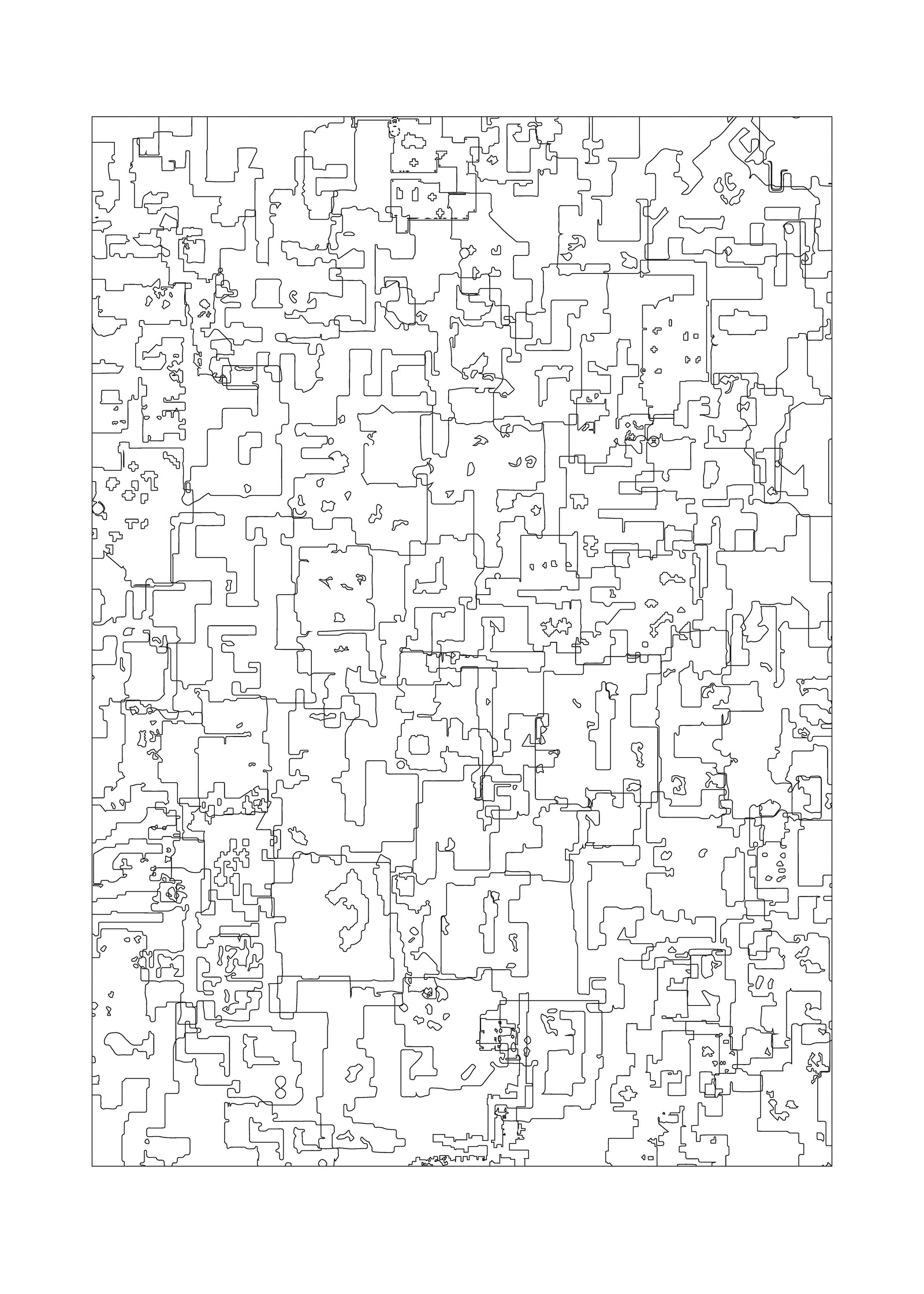
MAIO, The Diffuse House, 2020.
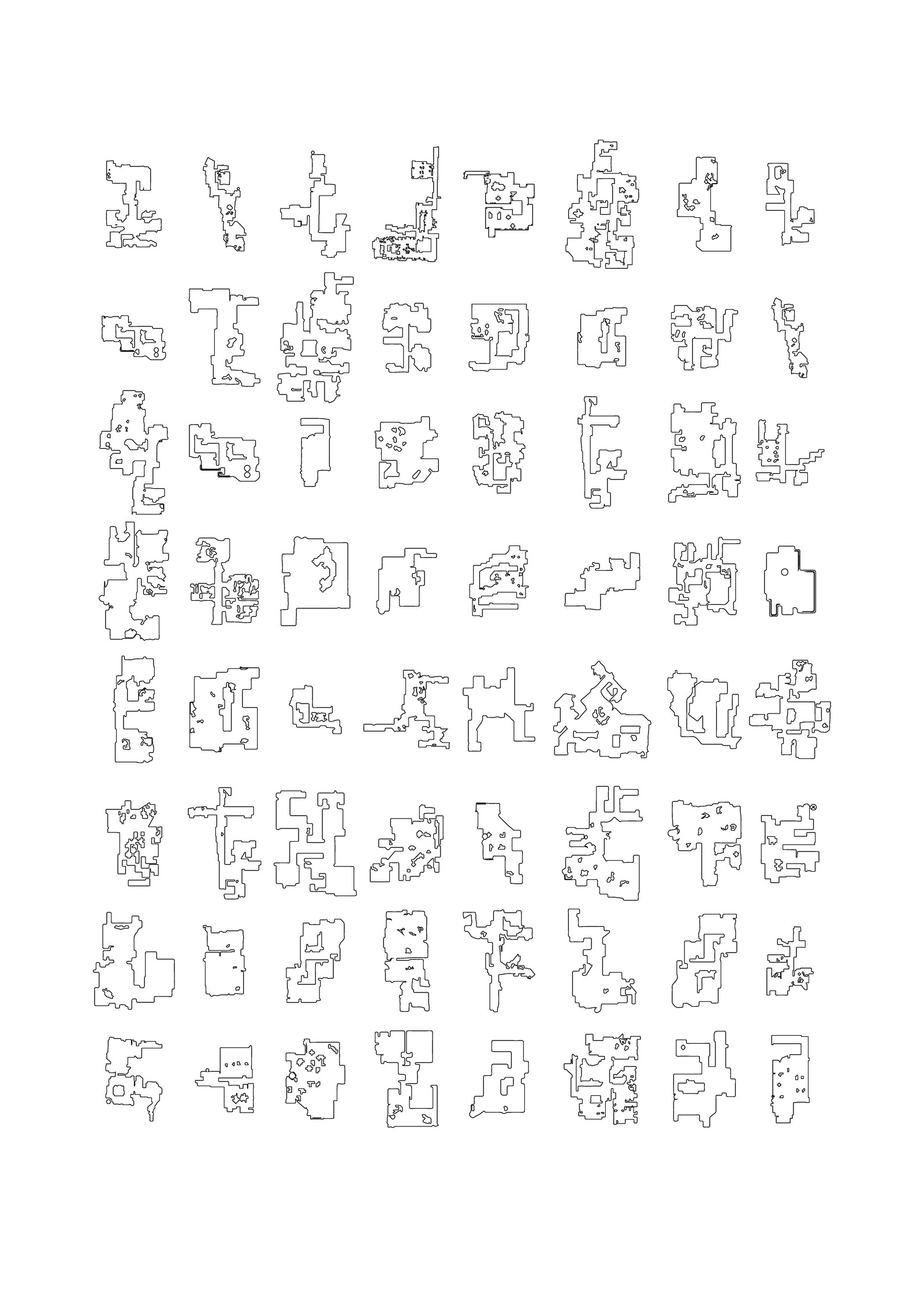
MAIO, The Diffuse House, 2020.
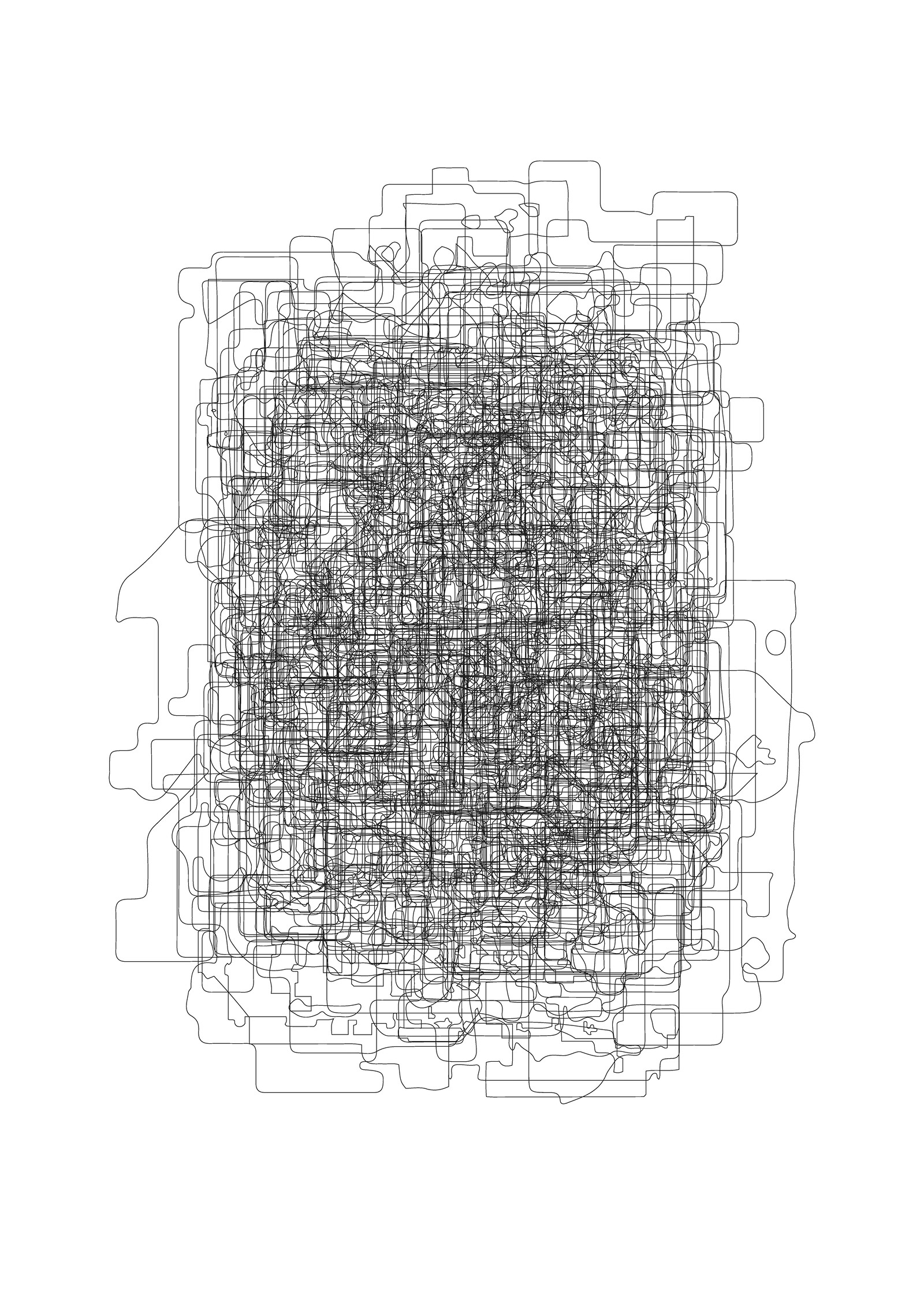
MAIO, The Diffuse House, 2020.
MAIO, The Diffuse House, 2020.
Since 2015, when iRobot introduced the Roomba 980, its first Wi-Fi connected model, these little gizmos have started to map the limits of our homes and their interiors. This information is then sent the company’s servers, after which it is passed on to other external third parties. Factors such as the size of the house, its location, the amount of pieces of furniture, or even the specific location of the children’s room⸺(usually the one with more obstacles in Roomba’s way), when upscaled and transformed into big data, can start to render visible more things that we might ever expect from this apparently innocuous, even cute, moving gadget.
Maybe, for the first time, “thanks” to Roomba and its data mapping, we can potentially imagine, as in a Borges’s tale, the possibility of creating a virtual map of the interiors of the whole world. Just imagine an endless negative of Giambattista Nolli’s Plan of Rome; a plan that could be extended to the whole surface of the earth. In Nolli’s famous plates, the floor plan of the public buildings appears depicted with detail, whereas the mass of domestic “anonymous architecture” appears just as a muted black poché. In contrast, in the Roomba’s Plan of the Diffuse House, it is precisely the domestic space and some of its objects that are rendered visible. The limit between public and private spheres has been completely subverted.
Confinement is a collaborative exhibition curated by gta exhibitions and e-flux Architecture, supported by the Adrian Weiss Stiftung and the ETH Zürich Foundation.

